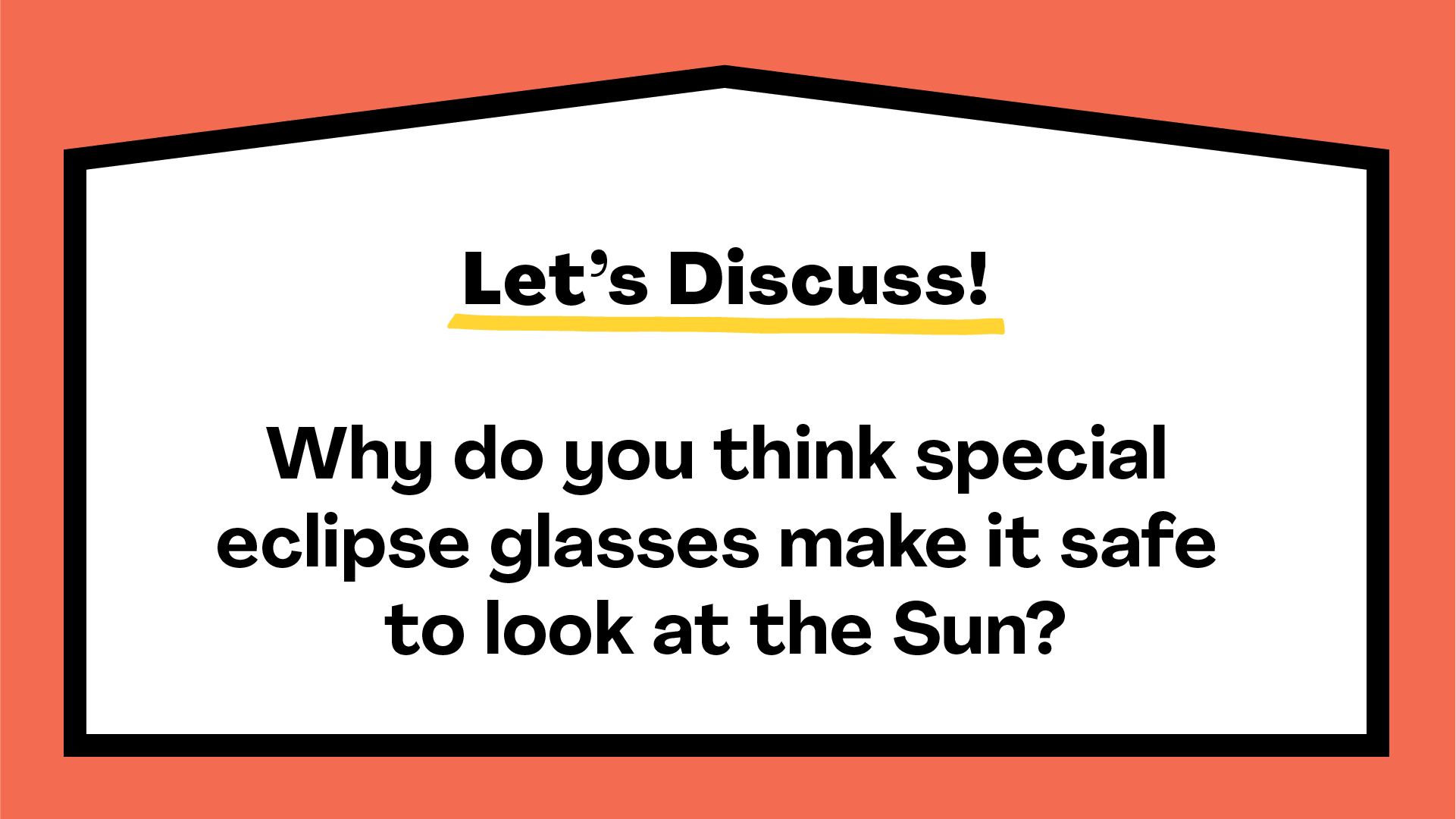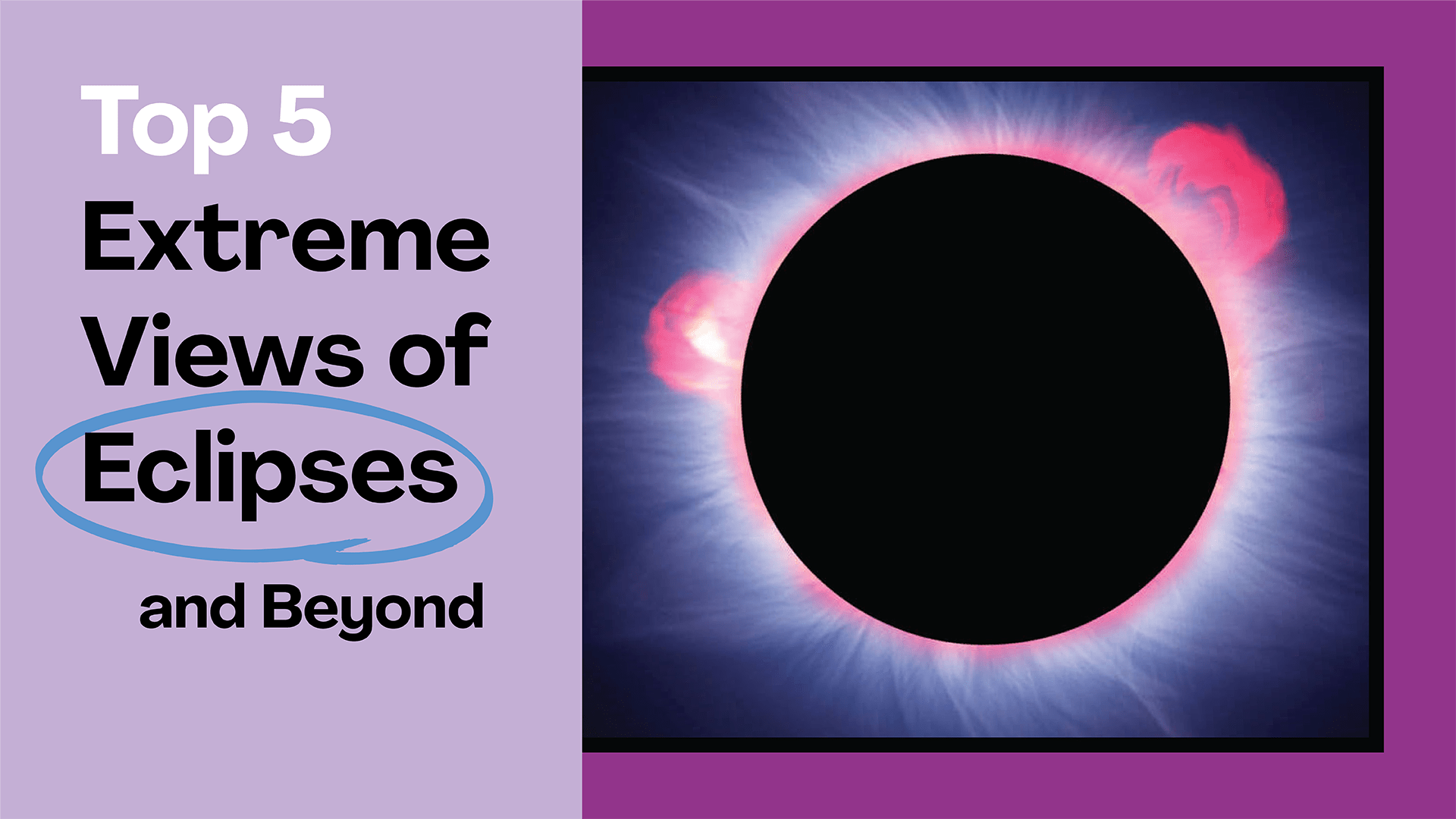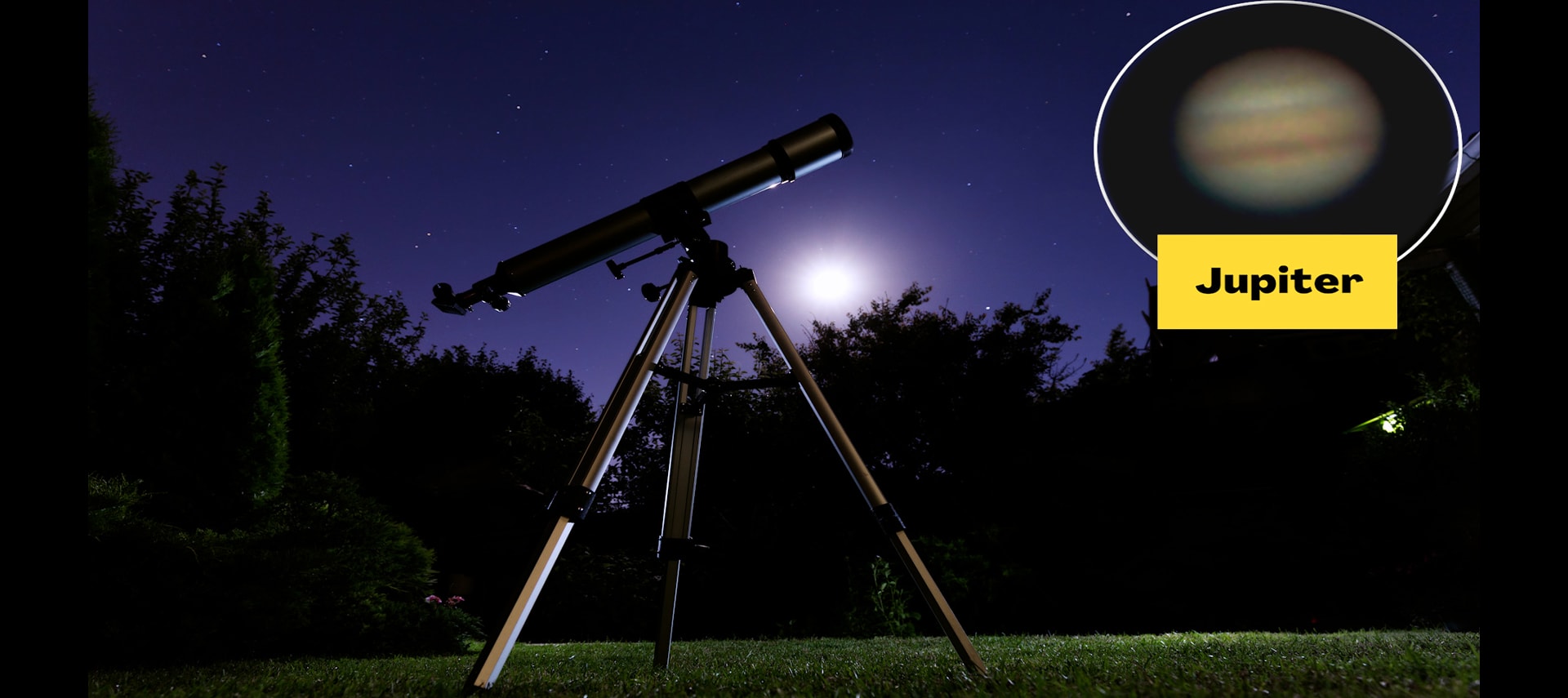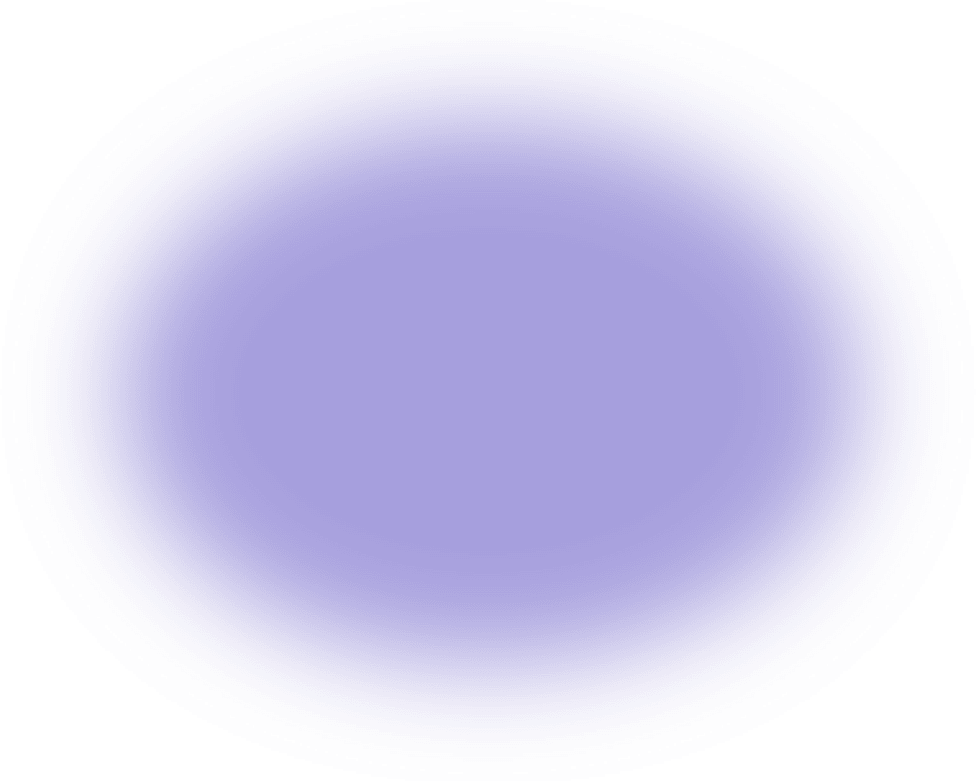Get a free trial until June 30, 2026!
New members get access to our science units, hands-on activities, mini-lessons, & more!
Mini-lessons

Please wait…
This video is having trouble loading. You may have lost your Internet connection.
Step 1: Click to Reload this page
Step 2: Click to
Try our other video player
Step 3: contact support if trouble persists.
Or,
dismiss this message.


Please wait…
This video is having trouble loading. You may have lost your Internet connection.
Step 1: Click to Reload this page
Step 2: Click to
Try our other video player
Step 3: contact support if trouble persists.
Or,
dismiss this message.


Please wait…
This video is having trouble loading. You may have lost your Internet connection.
Step 1: Click to Reload this page
Step 2: Click to
Try our other video player
Step 3: contact support if trouble persists.
Or,
dismiss this message.

Please wait…
This video is having trouble loading. You may have lost your Internet connection.
Step 1: Click to Reload this page
Step 2: Click to
Try our other video player
Step 3: contact support if trouble persists.
Or,
dismiss this message.
Check out this jet and the smoke trails it makes as it zooms in front
of the Sun! But what could be making that dark shape near the top of
the Sun?

Please wait…
This video is having trouble loading. You may have lost your Internet connection.
Step 1: Click to Reload this page
Step 2: Click to
Try our other video player
Step 3: contact support if trouble persists.
Or,
dismiss this message.
It’s the Moon! When the Moon passes in front of the Sun, it blocks
the light for a moment – that’s a total solar eclipse. Imagine if you
could watch the eclipse from a plane. What would it be like?

Please wait…
This video is having trouble loading. You may have lost your Internet connection.
Step 1: Click to Reload this page
Step 2: Click to
Try our other video player
Step 3: contact support if trouble persists.
Or,
dismiss this message.
These people got to find out! They watched a total eclipse from
inside a plane, flying above the clouds. They could even see the giant
shadow made by the Moon as it blocked the Sun’s light!

Please wait…
This video is having trouble loading. You may have lost your Internet connection.
Step 1: Click to Reload this page
Step 2: Click to
Try our other video player
Step 3: contact support if trouble persists.
Or,
dismiss this message.

Please wait…
This video is having trouble loading. You may have lost your Internet connection.
Step 1: Click to Reload this page
Step 2: Click to
Try our other video player
Step 3: contact support if trouble persists.
Or,
dismiss this message.
Here’s another view of the Sun. What do you think is happening here?

Please wait…
This video is having trouble loading. You may have lost your Internet connection.
Step 1: Click to Reload this page
Step 2: Click to
Try our other video player
Step 3: contact support if trouble persists.
Or,
dismiss this message.
That dark shape is a moon passing in front of the Sun – but it isn’t
Earth’s Moon. This is an eclipse seen from the planet Mars! What do
you notice about this Martian moon?

Please wait…
This video is having trouble loading. You may have lost your Internet connection.
Step 1: Click to Reload this page
Step 2: Click to
Try our other video player
Step 3: contact support if trouble persists.
Or,
dismiss this message.
This lumpy moon looks a bit like a potato! Called Phobos, it’s no wider
than the city of Chicago. It only covers a small part of the Sun during
a Martian eclipse.

Please wait…
This video is having trouble loading. You may have lost your Internet connection.
Step 1: Click to Reload this page
Step 2: Click to
Try our other video player
Step 3: contact support if trouble persists.
Or,
dismiss this message.

Please wait…
This video is having trouble loading. You may have lost your Internet connection.
Step 1: Click to Reload this page
Step 2: Click to
Try our other video player
Step 3: contact support if trouble persists.
Or,
dismiss this message.
The planet Jupiter is famous for its colorful stripes and big red spot,
created by swirling clouds. But sometimes…dark dots appear. What
could be making those dark dots?

Please wait…
This video is having trouble loading. You may have lost your Internet connection.
Step 1: Click to Reload this page
Step 2: Click to
Try our other video player
Step 3: contact support if trouble persists.
Or,
dismiss this message.
Here’s a hint: See that dark spot traveling over the Earth? That’s not a
storm cloud. It’s a huge shadow made by the Moon during a solar
eclipse. Does that give you ideas about the dots on Jupiter?

Please wait…
This video is having trouble loading. You may have lost your Internet connection.
Step 1: Click to Reload this page
Step 2: Click to
Try our other video player
Step 3: contact support if trouble persists.
Or,
dismiss this message.
Those dark dots are shadows made by moons! Jupiter has more than
90 moons. Some cast shadows onto the planet as they pass in front
of the Sun.

Please wait…
This video is having trouble loading. You may have lost your Internet connection.
Step 1: Click to Reload this page
Step 2: Click to
Try our other video player
Step 3: contact support if trouble persists.
Or,
dismiss this message.

Have you ever used a telescope like this to look at the night sky?
It’s possible to see planets like Jupiter, but they look blurry.
What could you build to get an even better view of space?

Please wait…
This video is having trouble loading. You may have lost your Internet connection.
Step 1: Click to Reload this page
Step 2: Click to
Try our other video player
Step 3: contact support if trouble persists.
Or,
dismiss this message.
How about a much bigger telescope? Like this building-sized
telescope on a mountain in Spain! The outer dome opens and the
telescope inside can turn to view any part of the sky.

Please wait…
This video is having trouble loading. You may have lost your Internet connection.
Step 1: Click to Reload this page
Step 2: Click to
Try our other video player
Step 3: contact support if trouble persists.
Or,
dismiss this message.
Or for an even better view, you can launch a telescope into space!
This telescope’s golden mirrors help collect light from far-away stars.
It has traveled more than 1 million miles away from Earth!

Please wait…
This video is having trouble loading. You may have lost your Internet connection.
Step 1: Click to Reload this page
Step 2: Click to
Try our other video player
Step 3: contact support if trouble persists.
Or,
dismiss this message.

Please wait…
This video is having trouble loading. You may have lost your Internet connection.
Step 1: Click to Reload this page
Step 2: Click to
Try our other video player
Step 3: contact support if trouble persists.
Or,
dismiss this message.
This view of space was captured by a giant telescope on Earth.
But what was the telescope pointed at? It looks like wiggly orange
blobs! Any ideas what this is?

Please wait…
This video is having trouble loading. You may have lost your Internet connection.
Step 1: Click to Reload this page
Step 2: Click to
Try our other video player
Step 3: contact support if trouble persists.
Or,
dismiss this message.
You’re looking at the surface of the Sun! The Inouye Solar Telescope
helps scientists study the Sun in amazing detail. Each one of those
“blobs” is roughly the size of Texas!

Please wait…
This video is having trouble loading. You may have lost your Internet connection.
Step 1: Click to Reload this page
Step 2: Click to
Try our other video player
Step 3: contact support if trouble persists.
Or,
dismiss this message.
During a total eclipse, bright shapes can sometimes be seen
streaming out from the Sun. Up close, they look like glowing swirls
and loops!


Please wait…
This video is having trouble loading. You may have lost your Internet connection.
Step 1: Click to Reload this page
Step 2: Click to
Try our other video player
Step 3: contact support if trouble persists.
Or,
dismiss this message.
Voting for this episode is now closed. Would you like to vote on the most recent poll?

-
What made dinosaurs go extinct?
-Charlotte, 2nd Grade
-
Who invented zero?
-Vikram, 3rd Grade
-
Do fish get thirsty?
-Xander, 5th Grade







